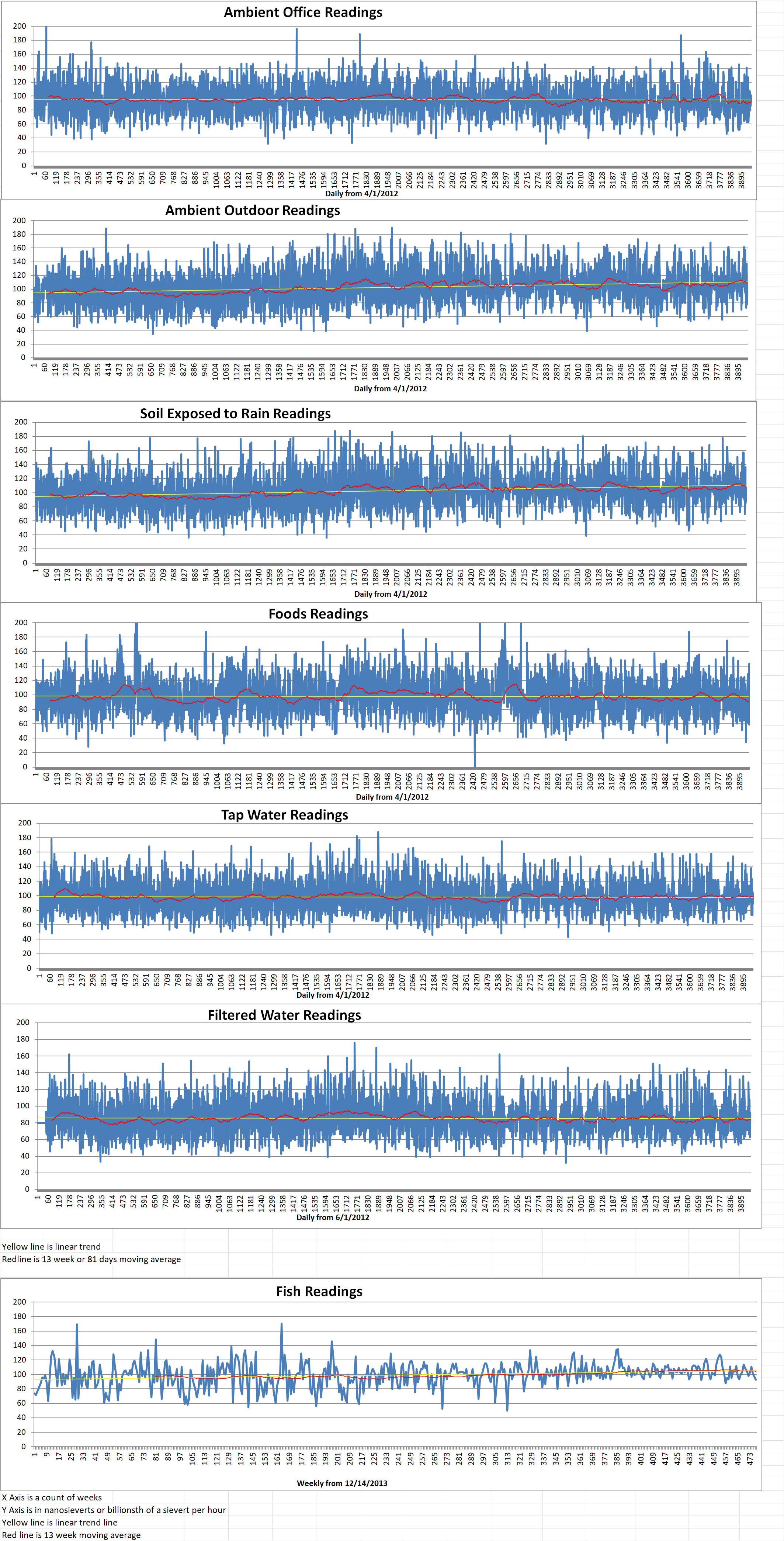Part 2 of 2 Parts (Please read Part 1 first)
The new DoE report suggests that coal-to-nuclear would be a good thing in general. The study reviewed every coal plant in the U.S. This included every recently retired coal plant. Some sites were eliminated because they were not owned by utilities. They may have been owned by universities or manufacturers. Others were eliminated because they had a small capacity. That left two hundred and thirty-seven operating coal plants and one hundred and fifty seven retired plants. The authors of the report then compared all of those sites against Oak Ridge Siting Analysis for Power Generation, (OR-SAGE). It is considered an excellent guide for identifying potential nuclear sites. The analytical tool was first developed at the Oak Ridge National Laboratory (ORNL) in Tennessee in 2012. At the time, the ORNL noted that “Nuclear power plants share some of the same siting considerations as advanced coal. For example, both need to be within about 20 miles of a large body of water to meet cooling needs. In making siting decisions, OR-SAGE also takes into account population density, protected lands, seismic activity, terrain, proximity to airports, military bases, oil pipelines, refineries and a number of other factors.”
The DoE report found that when factors were run through the OR-SAGE formula, about eighty percent of the coal plants were probably suitable for nuclear power reactors. Christian King is the Director of the Gateway for Accelerated Innovation in Nuclear at the Idaho National Laboratory where the new report originated. He said that this means that they are considered good candidates pending more detailed analysis.
The report found that just one operating coal plant in Virginia raised no red flags when run through the OR-SAGE analysis. Another received two red flags and a third was disqualified altogether. The Idaho National Laboratory said that the information about which site passed the OR-SAGE analysis was not available. They did not retain a copy of the list of Virginia sites under consideration and would have to run the analysis again to get an answer. They said that the OR-SAGE analysis was more of a theoretical analysis to test the overall premise.
Virginia has three operating coal power plants which include the Chesterfield Power Station in Chesterfield County, the Clover plant in Halifax County and the Virginia City Hybrid Energy Center in Wise County. The first and last are operated by Dominion Energy. Clover is a joint operation between Dominion and the Old Dominion Cooperative. All the report from the DoE says is that one plant that passed the initial screening has capacity of eight hundred and forty-eight megawatts. However, none of the three coal plants mentioned above has that capacity. The Clover plant comes the closest at eight hundred and sixty-five megawatts. King also said that the most frequent reason a site was disqualified was that it was too close to a population center. It seems likely that Dominion would be considering the Clover coal plant for siting SMRs.
With respect to recently retired coal plants, the report says that five plants in Virginia were considered but does not say how they ranked. The five most recently retired coal plants in Virginia include Birchwood Power Plant, King George County (Birchwood Power Partners), Chesterfield Power Station Units 3 and 4, Chesterfield County (Dominion Energy), Mecklenburg County Units 1 and 2 (Dominion Energy), Spruance Genco, Richmond (Cogentrix), and Yorktown Units 1 and 2 (Dominion Energy). Two of them are close to population centers. That leaves only three candidates but none of them are in Southwest Virginia. That means that siting an SMR in the Southwest will take considerably longer that some advocates would like.






